Nationality British Name Almroth Wright | Fields Bacteriology, Immunology | |
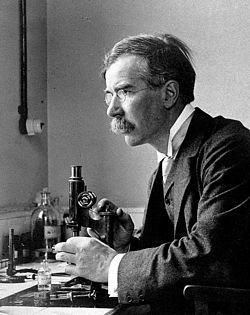 | ||
Born 10 August 1861Middleton Tyas, Yorkshire, England. ( 1861-08-10 ) Residence Australia, France, Germany, England. Died April 30, 1947, Farnham Common, United Kingdom Books The unexpurgated case against woman suffrage Similar People Leonard Colebrook, Paul Ehrlich, Robert Koch, Elie Metchnikoff, George Bernard Shaw | ||
Education Trinity College, Dublin | ||
Sir Almroth Edward Wright (10 August 1861 – 30 April 1947) was a British bacteriologist and immunologist.
Contents
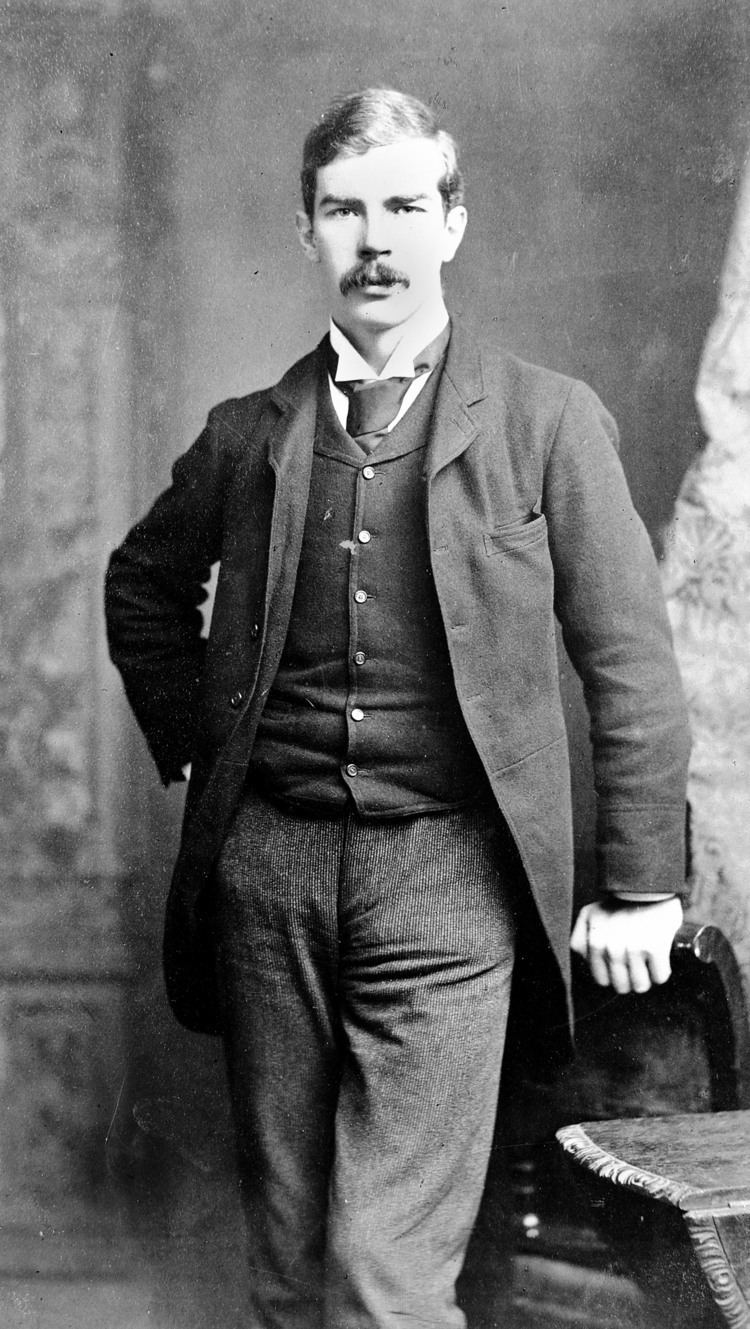
He is notable for developing a system of anti-typhoid fever inoculation, recognizing early on that antibiotics would create resistant bacteria and being a strong advocate for preventive medicine.
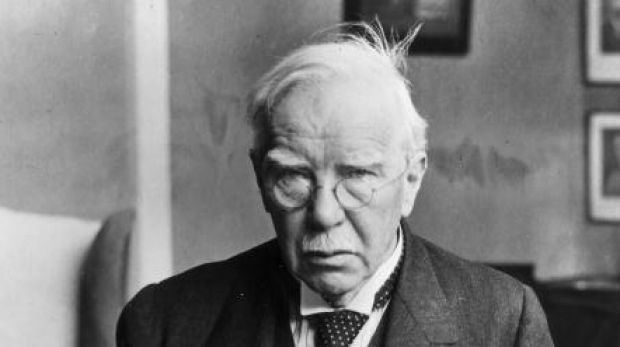
Biography
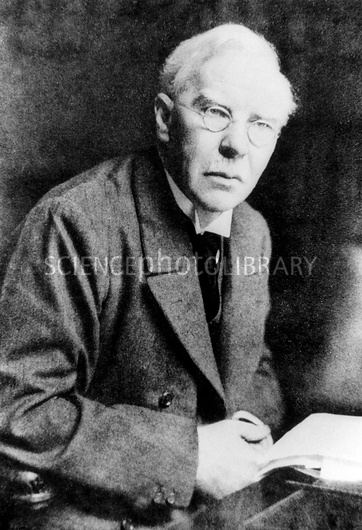
Wright was born at Middleton Tyas, near Richmond, North Yorkshire into a family of mixed Anglo-Irish and Swedish descent. He was the son of Reverend Charles Henry Hamilton Wright, deacon of Middleton Tyas, who later served in Belfast, Dublin and Liverpool and managed the Protestant Reformation Society. His mother, Ebba Almroth, was the daughter of Nils Wilhelm Almroth, Governor of the Swedish Royal Mint in Stockholm. His younger brother Charles Theodore Hagberg Wright became librarian of the London Library.
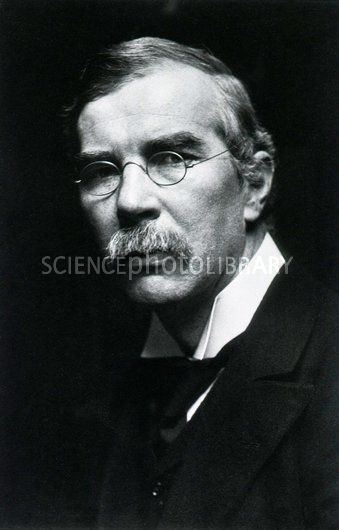
In 1882 he graduated at Trinity College, Dublin with first class honours in modern literature and won a gold medal in modern languages and literature. Simultaneously he took medicine courses and in 1883 graduated in medicine. In the late 19th century, Wright worked with the armed forces of Britain to develop vaccines and promote immunisation.
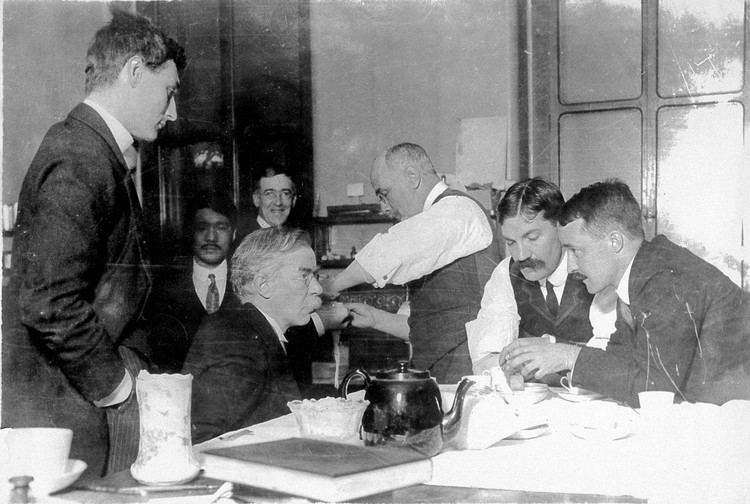
In 1902 Wright started a research department at St Mary's Hospital Medical School in London. He developed a system of anti-typhoid fever inoculation and a method of measuring protective substances (opsonin) in human blood. Citing the example of the Second Boer War, during which many soldiers died from easily preventable diseases, Wright convinced the armed forces that 10 million vaccine doses for the troops in northern France should be produced during World War I. During WWI Wright established a research laboratory attached to the British Expeditionary Force's hospital designated Number 13, General Hospital in Boulogne-sur-Mer. In 1919 Wright returned to St Mary's and remained there until his retirement in 1946. Among the many bacteriologists who followed in Wright's footsteps at St Mary's was Sir Alexander Fleming, who in turn later discovered lysozyme and penicillin. Wright was elected a Fellow of the Royal Society in May 1906. Leonard Colebrook became his assistant from 1907 and continued working with him until 1929.
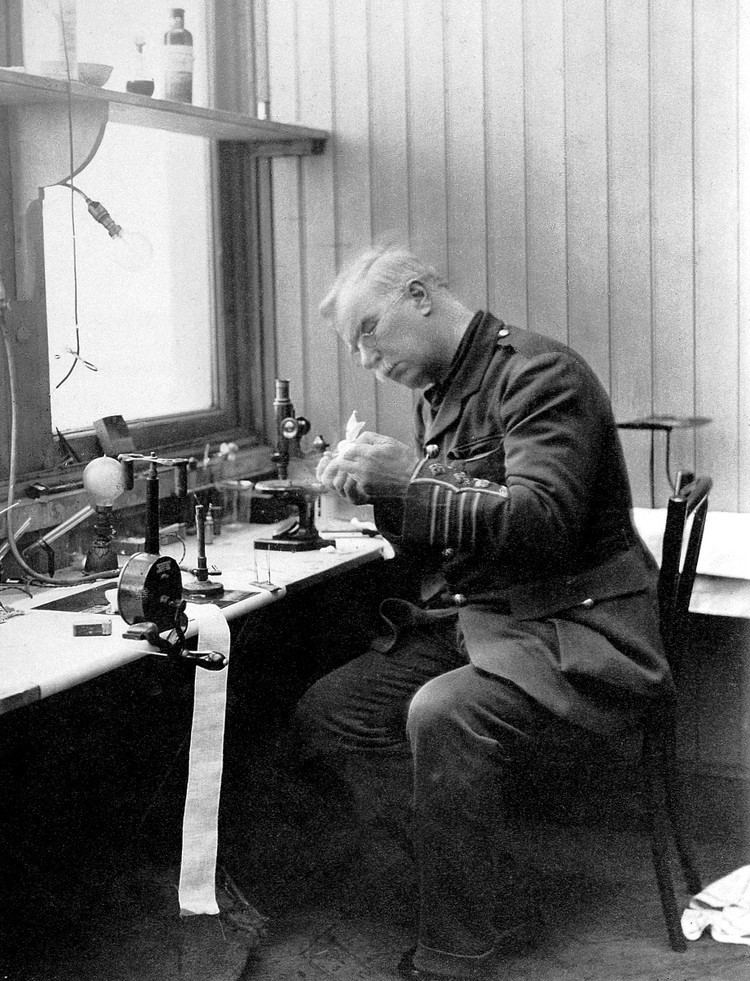
Wright warned early on that antibiotics would create resistant bacteria, something that has proven an increasing danger. He made his thoughts on preventive medicine influential, stressing preventive measures. Wright's ideas have been re-asserted recently—50 years after his death—by modern researchers in articles in such periodicals as Scientific American. He also argued that microorganisms are vehicles of disease but not its cause, a theory that earned him the nickname "Almroth Wrong" from his opponents. Another derogatory nickname was "Sir Almost Wright".
He also proposed that logic be introduced as a part of medical training, but his idea was never adopted. Wright also pointed out that Pasteur and Fleming, although both excellent researchers, had not actually managed to find cures for the diseases which they had sought cures, but instead had stumbled upon cures for totally unrelated diseases.
Wright was a strong proponent of the Ptomaine theory for the cause of Scurvy. The theory was that poorly preserved meats contained alkaloids that were poisonous to humans when consumed. This theory was prevalent when Robert Falcon Scott planned his fateful expedition to the Antarctic in 1911. In 1932, the true cause of the disease was determined to be the deficiency from the diet of a particular nutrient, now called Vitamin C (Ascorbic acid, Scorbic meaning Scurvy).
There is a ward named after him at St Mary's Hospital, Paddington, London.
Women's suffrage
Wright was strongly opposed to women's suffrage. He argued that women's brains were innately different from men's and were not constituted to deal with social and public issues. His arguments were most fully expounded in his book The Unexpurgated Case Against Woman Suffrage (1913). In the book, Wright also vigorously opposes the professional development of women.
Bernard Shaw
Wright was a friend of George Bernard Shaw, whom he significantly influenced. He was immortalised as Sir Colenso Ridgeon in the play The Doctor's Dilemma written in 1906, which arose from conversations between Shaw and Wright. Shaw credits Wright as the source of his information on medical science: "It will be evident to all experts that my play could not have been written but for the work done by Sir Almroth Wright on the theory and practice of securing immunization from bacterial diseases by the inoculation of vaccines made of their own bacteria."
Shaw also portrays him in his playlet How These Doctors Love One Another! and uses his theory of bacterial mutation in Too True to Be Good. Shaw, who campaigned for women's suffrage, strongly disagreed with Wright about women's brains, and dismissed his views on the subject as absurd.
Awards
Wright had been honoured for his deeds a total of 29 times in his lifetime - a knighthood, 5 honorary doctorates, 5 honorary orders, 6 fellowship (2 honorary), 4 prizes, 4 memberships and 3 medals (Buchanan Medal, Fothergill Gold Medal and a special medal "for the best medical work in connection with the war").
Works
Wright's work could be split up into the following three phases
